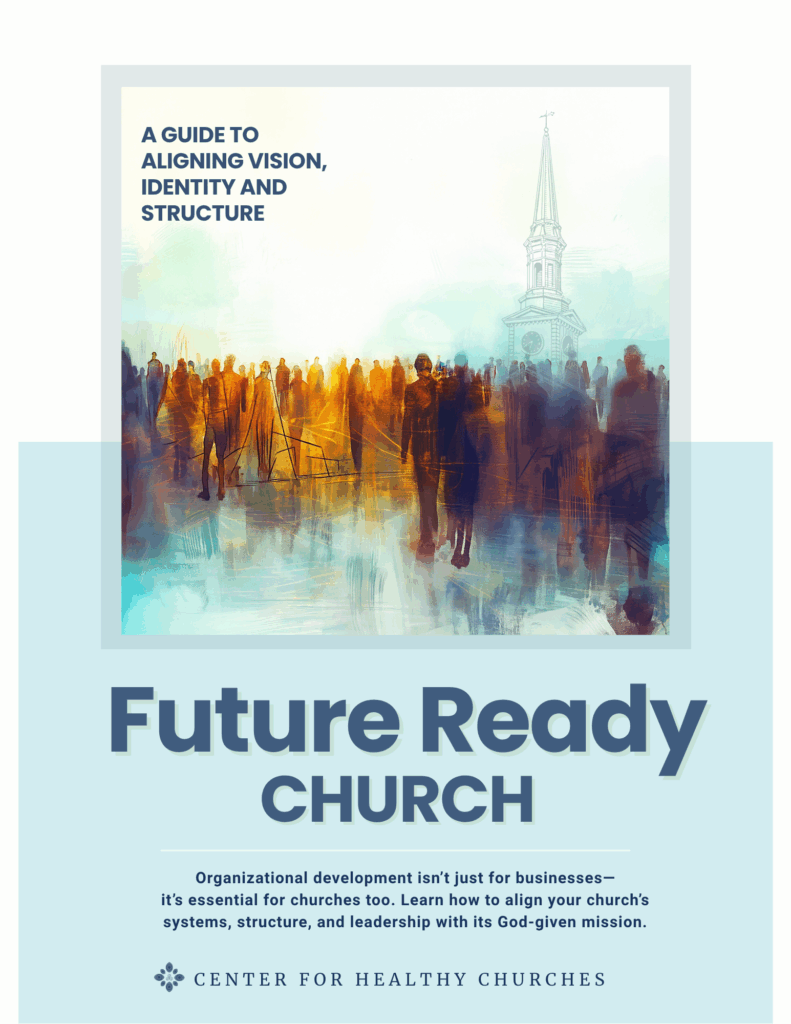The rural congregation represented 130 years of history in the Shenandoah Valley of Virginia, with about 150 active members. Its leadership agreed that the congregation needed to do visioning and review its structure and contracted with a pair of experienced consultants. The board appointed a “Discernment Team” to accompany the consultants, and the team initiated a series of interviews and small group listening sessions.
As we began to listen to congregational members and to summarize their concerns, it became clear that several painful incidents had shaped the trajectory of this congregation. This included a historic split and allegations of leadership misconduct against a former pastor. The consultants recommended a “history-boarding exercise” to review the congregation’s history and identify times of health and times of challenge.
The history-boarding exercise was held on a Saturday, and the earliest memories of participants were from the 1940s. Rich examples from every decade through the 2000s emerged from the exercise, and a pattern of “healthy growth” and “times of conflict” emerged. By the end of the exercise, participants agreed that the congregation likely deserved its reputation of being “hard on pastors.”
Every congregation has a history, and that history shapes culture and thus behaviors in the current generation. When a congregation attempts to plan its future without facing its past, it’s likely those plans will be sabotaged by the ghost of its congregational history.
There are three signs that a congregation’s history is impeding its future, as follows:
- Distrust of Leadership. This is normally caused by a painful breach of trust in the past that has never been healed…or even named. This can occur due to pastoral misconduct or even to the untimely death or departure of a beloved minister. When trust with a minister is breached, future pastors will usually suffer the consequences.
- Fear of Conflict. If a congregation has experienced a split or other forms of high intensity conflict in the past, it will often produce a preternatural fear of conflict in the present. (After all, no one wants to go through something like that again.) When even the slightest disagreement is feared, there is usually a hidden reason.
- No-Talk Rules. Such rules generally emerge to protect a secret from the past– something too painful, or too shameful, to even discuss. When such a rule emerges in the present it is generally a signal that an important but painful incident is lurking from the past.
When distrust of leadership, fear of conflict, and no-talk rules emerge in a congregation, they can block any possibility of creative future planning. The key is to go towards (rather than avoid) such behaviors. Here are three questions I’ve learned to ask when these symptoms appear:
- Distrust of Leadership—Was there ever a time in the history of your congregation when a leader did something that might have broken trust?
- Fear of Conflict—Is there any history of a church split or other high-intensity conflict in your congregation?
- No-Talk Rules—Why do you think your congregation is so hesitant to talk about that incident?
Strategic planning and visioning processes have their place, and they need to be accompanied by a period of deep listening to the congregation. But when that listening uncovers distrust of leadership, fear of conflict, and no-talk rules, we need to pause and name the pain. As AA programs stress, “we can’t change what we won’t name.” And if these deep patterns are not named and changed, the best laid plans will oft go awry.
HOW we name the pain may be the most important part of the process. I recommend a three-step process to name and frame the pain, as follows:
- Begin with the Discernment Team or other small group charged with listening. Develop an agreement with that group about what you’re hearing and what it means.
- Communicate the pain points to the leadership team (board, council, session) that convened your team, and present a recommended process to address it.
- Share with the congregation what you have heard, what you believe it means, and the recommended process to address the historic pain or trauma.
The process you recommend will depend entirely on the nature of the historic pain and the polity and culture of the congregation. Sometimes congregation-wide processes are appropriate, such a neutralizing history, and often a more contained small group process is indicated.
For the 130-year-old congregation mentioned above, we recommended a neutralizing history process combined with interpersonal mediation for several situations where present conflicts were inhibiting creativity and growth. Once those processes were complete, we then recommended proceeding with a strategic planning process.
“Before you make a plan, name the pain.” The reason is that pain inhibits creativity, and a creative imagination is what is most needed in a planning process.
📌 Related Future Ready Church Blogs:
- Facing Reality: The First Step in Visioning for Your Church’s Future (Bill Wilson)
- 5 Organizational Pitfalls That Keep Churches Stuck (Barry Howard)
- Stop Hiring for Yesterday – Structure Your Church for Tomorrow (Ellen Baxter)
- Discernment Is Not a Task—It’s a Spiritual Muscle (Jayne Davis)
At the Center for Healthy Churches, we understand how hard it can be to invite outside help. Our Organizational Development team walks alongside churches to align vision, mission, identity, and strategy – not with canned solutions, but with listening, wisdom, and practical next steps that fit who you are and where God is leading you.
Contact Us for questions or to discuss your needs.

Future Ready Church Resources
The Future Ready resources equips church leaders with practical tools and frameworks to align their congregation’s vision, identity, and structure for effective, Spirit-led ministry in today’s changing world.

Leave a Reply